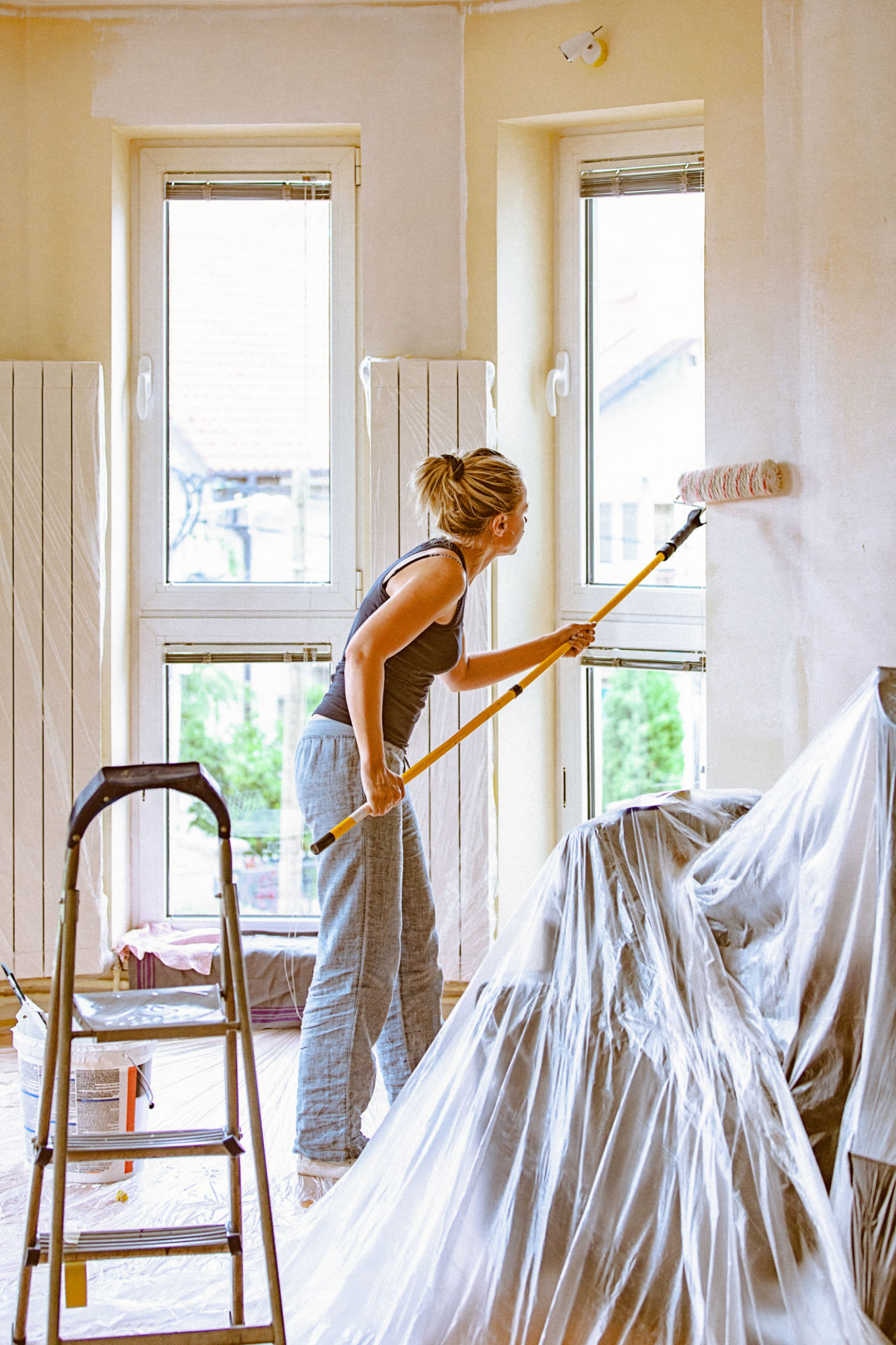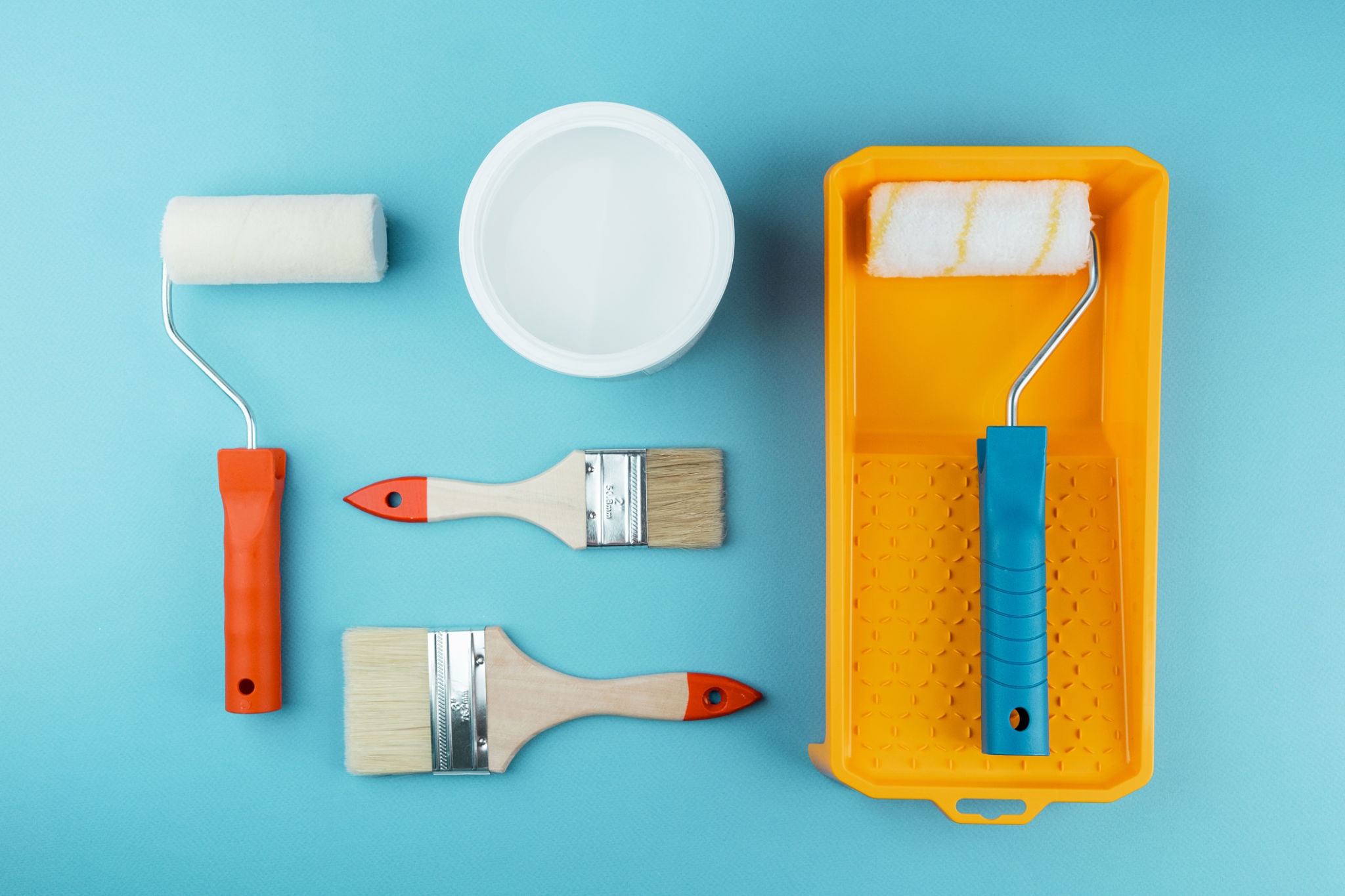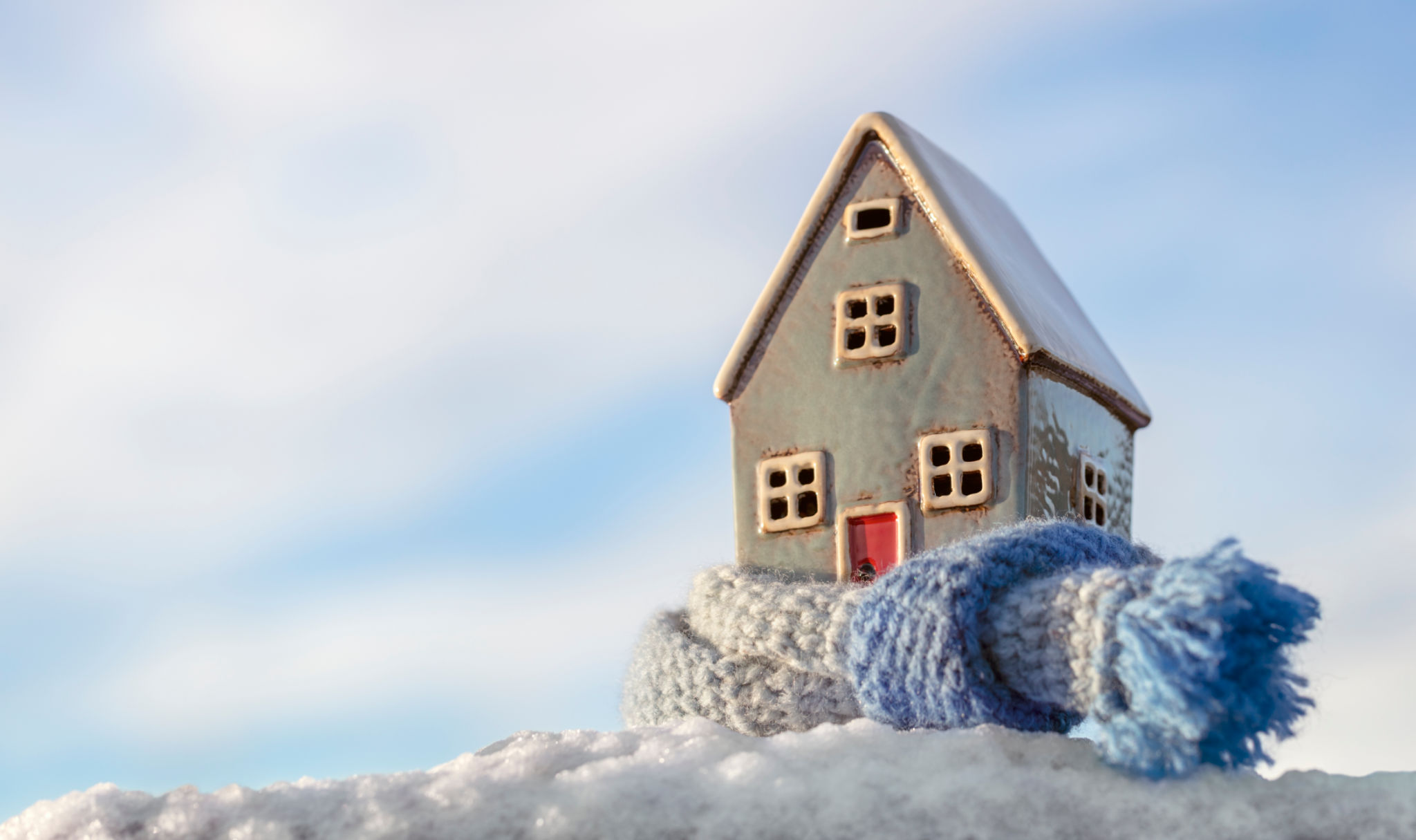Preparing Your Home for Winter: Essential Painting Tips
Introduction to Winter Painting
As winter approaches, it's essential to prepare your home for the colder months. Among various home maintenance tasks, painting is a crucial one that can protect your home from harsh winter conditions. A fresh coat of paint not only enhances the aesthetic appeal but also offers a protective barrier against moisture and cold.
Whether you're touching up the exterior or refreshing the interior, following some essential painting tips can help you achieve the best results. Here’s how you can prepare your home for winter with a well-planned painting project.

Choosing the Right Paint
Selecting the appropriate type of paint is fundamental, especially when dealing with fluctuating temperatures and moisture levels. For exterior surfaces, opt for paint that can withstand cold weather. Look for paints labeled as "all-weather" or specifically designed for lower temperatures.
When painting indoors, consider using low-VOC (volatile organic compounds) paints to ensure better air quality during the colder months when windows are less likely to be open for ventilation.
Prepping Surfaces Before Painting
Proper surface preparation is vital for achieving lasting results. Start by cleaning surfaces to remove dirt, dust, and old paint flakes. Use a pressure washer for exterior surfaces and a mild detergent solution for interiors. Make sure all surfaces are dry before proceeding.

Next, inspect for any cracks or holes, and repair them with appropriate fillers or caulk. This step is crucial in preventing moisture from seeping into the walls and causing damage during winter.
Timing Your Painting Project
Timing is everything when it comes to painting, especially in colder climates. Try to schedule your painting project during a period of dry weather with temperatures above 50°F (10°C) for exterior work. For interior painting, make sure your home’s heating system maintains a consistent temperature to ensure proper drying and curing of the paint.
- Check weather forecasts to avoid painting on rainy or extremely cold days.
- Aim to paint during midday when temperatures are typically warmer.
- Ensure good ventilation indoors to help with drying times.
Using Proper Tools and Techniques
The right tools can make a significant difference in the quality of your painting job. Invest in high-quality brushes and rollers that are designed for specific types of paint and surfaces. When painting in cold weather, use brushes with synthetic bristles, as they perform better under low temperatures.

Apply paint in thin, even coats to prevent drips and ensure faster drying times. Remember, multiple thin layers are preferable over one thick coat, especially when dealing with varying temperatures.
Finishing Touches and Maintenance
Once your painting project is complete, perform a thorough inspection to ensure everything looks perfect. Touch up any missed spots or uneven areas promptly. Additionally, consider applying a sealant on exterior surfaces for added protection against moisture and freezing conditions.
Regular maintenance post-painting is crucial for longevity. Keep gutters clean and free of debris to prevent water overflow that could damage painted surfaces. Check for any signs of peeling or cracking throughout the winter and address them immediately to prevent further issues.

By following these essential tips, you can effectively prepare your home for winter with a fresh coat of paint that not only beautifies but also protects against the elements. Enjoy a cozy and well-protected home this winter season!